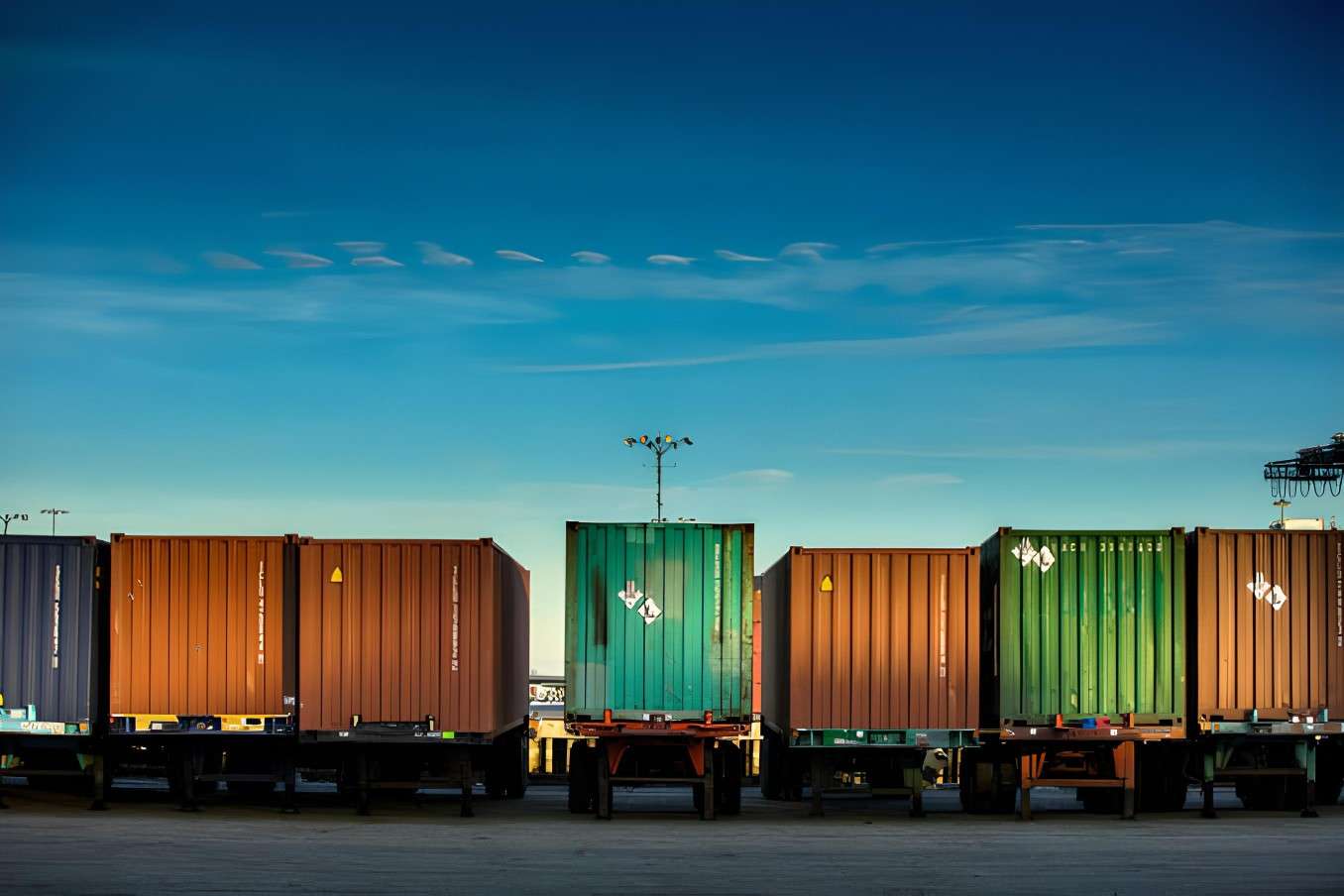
Enhancing Trade Efficiency at Bhomra Land Port through Digitization: A Baseline Study
Background
The Bhomra land port is one of Bangladesh’s most significant land ports, bringing in an average of 8.7-9.3 million dollars in revenue each year. But all the port activities mainly depend on manual processes and documentation, which slows down cargo transit around the port. In light of this, Swisscontact is carrying out a project financed by the Global Alliance for Trade Facilitation (GATF). The initiative attempts to digitize border operations at Bhomra land port of Bangladesh. Inspira ACL was appointed by Swisscontact to conduct a business process analysis and a baseline study (time/cost) of Bhomra Land Port. The baseline research will provide a comprehensive picture of the existing status of the port’s infrastructure, technology, resources, and workers’ skill levels, as well as key insights and information that can subsequently be incorporated into the project’s design and implementation to tackle the issues.
Our Approach
The research team gathered micro-level data from different stakeholders in order to determine the period of time necessary to finish specific stages of the import and export process, as well as the expenses associated with each process. The necessary data was retrieved using sample surveys and semi-structured interviews with C&F, truck driver (Bangladeshi and Indian), Importer, Exporter, Port and customs officials. The research team correlated the data utilizing questionnaire surveys, KIIs (Key Informant Interviews), and IDIs (In-Depth Interviews) while doing a physical field visit. Questionnaire survey was conducted for collecting data from C&F organizations, whereas KII and IDI were administered to other stakeholders. The import and export procedure of the whole Bhomra land port was thoroughly studied in order to grab all of the relevant details. Consignment tracking technique was used to acquire a better understanding of how the port really operates. The research team tracked four consignments to have a better understanding of each step’s timestamp.
Project Outcome
The Inspira team obtained precise information regarding each phase of the import/export process from the C&F.
- Manifest entry: C&F agents hire someone to stay at the manifest entry point all day and guide Indian truck drivers during the manifest entry procedure. This C&F employee is commonly referred to as “Border Man”. He normally arrives at the manifest entry point in the morning and spends the most of the day there. Some border guards travel from their Bhomra office. They usually walk 300 to 400 meters, which takes around 6.1 minutes on average. The average manifest entry procedure document preparation time is approximately 5 minutes, and the manifest process time is around 3.6 minutes. According to C&F agents, the probability of error in this phase is 0.218 percent. However, if an error occurs, it takes around 16.89 minutes to resolve the problem.
- Weigh bridge: Agents of C&F go to the weigh bridge from various locations. Sometimes they travel from the customs office and sometimes from their workplace. Generally, they walk the average distance of 0.23 kilometers, which takes around 6.23 minutes. The time required to collect the weighment slip is 5.91 minutes, plus 1.74 minutes to spot the slip in the basket.
- Posting and shedding: C&F agents travel an average of 0.21 km per shipment to get to the port’s entrance gate. They cover the distance in around 4.13 minutes. From the entry gate, they have to travel around 12.46 minutes to find the specific truck. This happens because trucks don’t have a specific place to go. People park wherever they can. Even with cell phones, most of the time it takes c&f agents much longer than 12 minutes to find the truck. If a truck doesn’t have a cell phone, it’s much harder to find because a C&F agent will have to check each truck’s registration number.
- Bill of entry: C&Fs spend 9.54 minutes making manual bills of entry, which they then enter into ASYCUDA world. System entry takes 6.80 minutes on average. If the manifest and weighbridge are linked to the customs system, it could save 13 seconds on each bill of entry, since it takes that long for C&Fs to enter the information from the manifest and weighbridge. The customs system is slow or down at least once a week. And this server problem takes 4-5 hours each week, which slows down the process of importing. This phase has a low error rate because it is digital. Once every 1000 entries, which is 0.1 percent, there is an error. Fixing a mistake takes a long time. Each mistake in this process could take up to 235 minutes, or more than 4 hours, to fix. Since only higher authorities can change the information on a bill of entry, only they can fix the problem.
- Custom process: For perisheble goods, the customs check takes 23.29 minutes, during which a customs official physically looks at a sample of goods from a consignment. On average, non-perishable goods are looked at for 35.71 minutes. Non-perishable goods take longer to go through customs because there are usually more than one truck in a consignment. Whereas a shipment of perishable goods usually only has one truck. So, it takes less time to check on goods that will go bad soon. Once customs examination is done, C&F can move on to custom assessment. In customs assessment, customs officials look at documents related to an import, and based on what they find, they set a duty amount for the goods imported. This process takes on average 7.69 minutes. Once the customs duty is set, the importer/C&F needs to pay the duty with cash, a bank instrument, or RTGS. The payment process takes another 22 minutes on average.
- Port bill generation: On average, it takes 13.46 minutes to prepare the documents. The time it takes to submit a document is 12.40 minutes, and the time it takes to make a bill is 10.47 minutes. The C&F agent has to travel 0.38 km to get to the process location, which takes about 6.65 minutes on foot, which is their preferred mode of transportation.
- Port bill payment: The total amount of time necessary to pay a port bill takes around 8.31 minutes on average.
- Gate pass: Once all the formalities is done, a Bangladeshi truck can leave the port. C&F collects a gate pass, which both customs and port officials have to sign. The average distance a C&F has to go to get a gate pass is 0.27 km, which takes about 6 minutes. Some might leave from the port, while others might leave from the customs office. Once there, getting a gate pass takes an average of 18.5 minutes. The number of gate passes goes up based on how many trucks are in a consignment.




